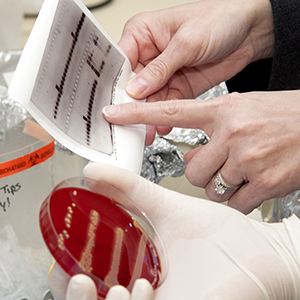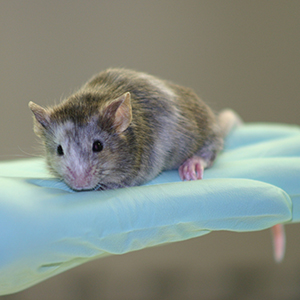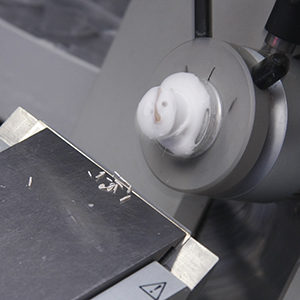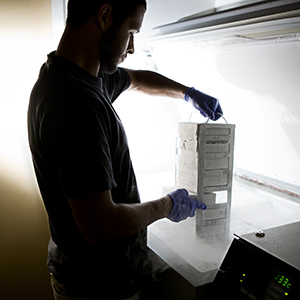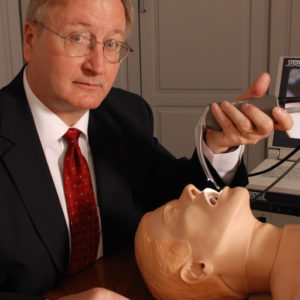Description
New tool to improve molecular forensics
Jesse Cox, MD, PhD, the Director of Molecular Forensics at the University of Nebraska Medical Center, has developed a method for assigning ancestry and phenotypic information to both a major and minor contributor in a mixed biological sample.
In order to deconvolute the two samples in mixture, identification of anticipated allele frequencies can help to identify those alleles specific to the major contributor, those specific to the minor contributor, and those shared by both.
Currently, next-generation sequencing technology is being used only for single source specimens, but mixed biological samples of more than one individual are common in the field of forensics.
The ability to leverage next-generation sequencing to assign identifying information to major and minor contributors has immediate and practical benefits to the field of forensic pathology.
To discuss licensing opportunities contact Tyler Scherr, PhD, at tyler.scherr@unmc.edu or 402-889-5498.


